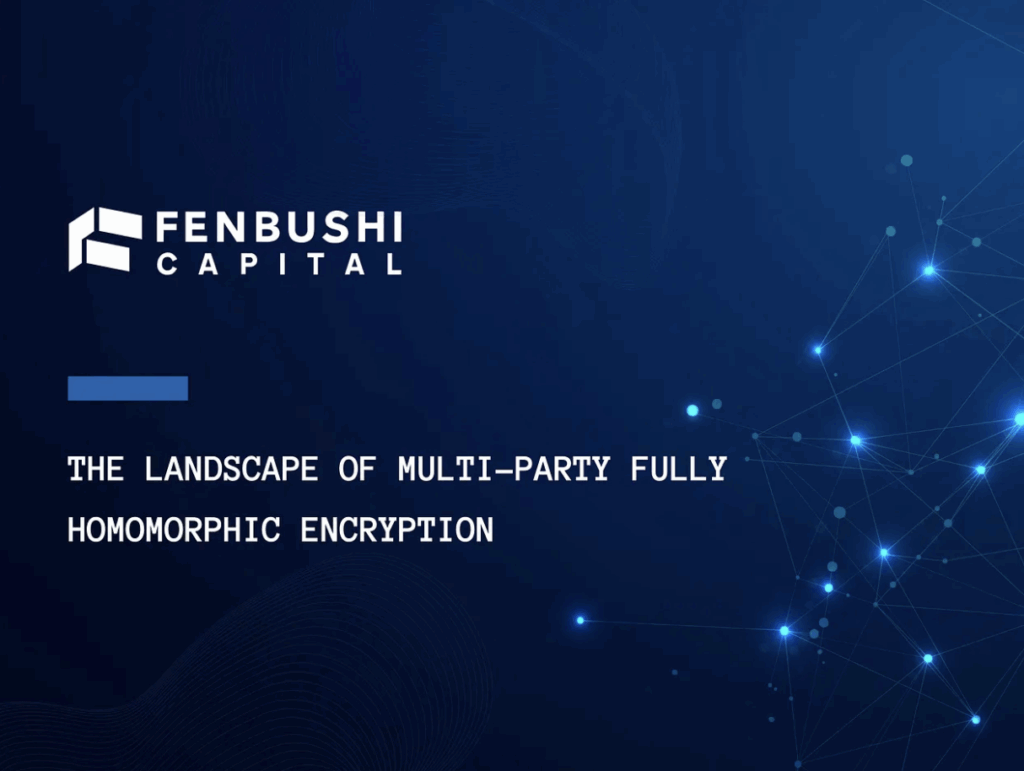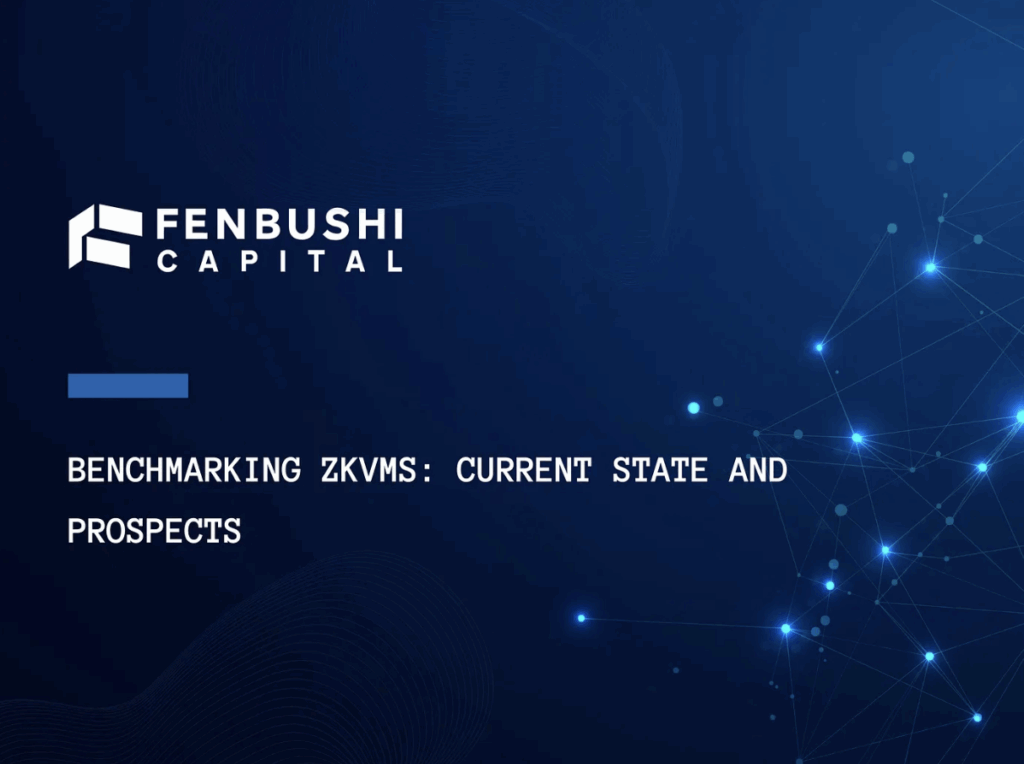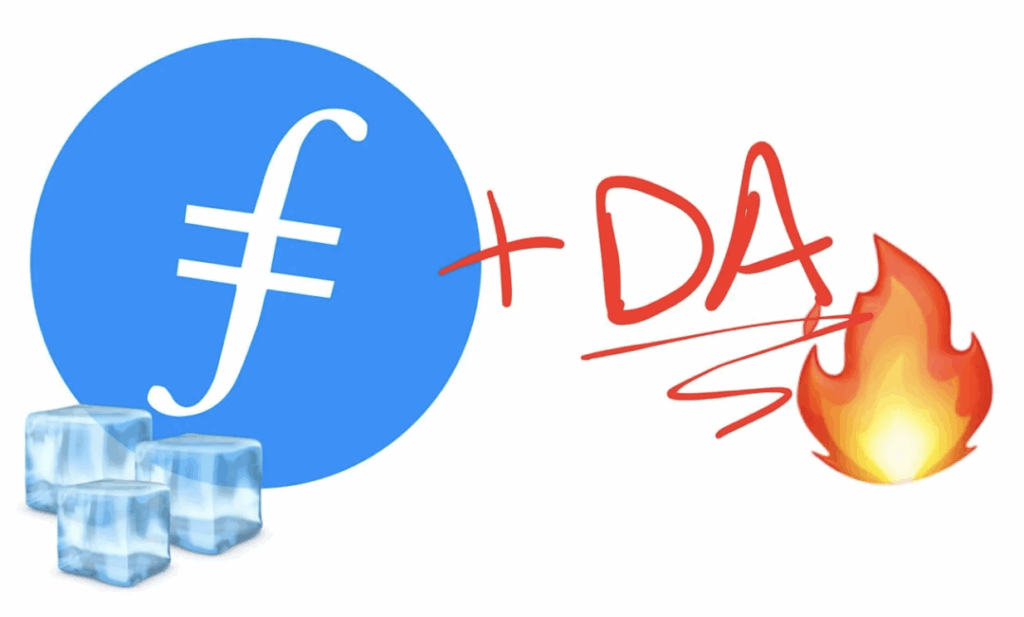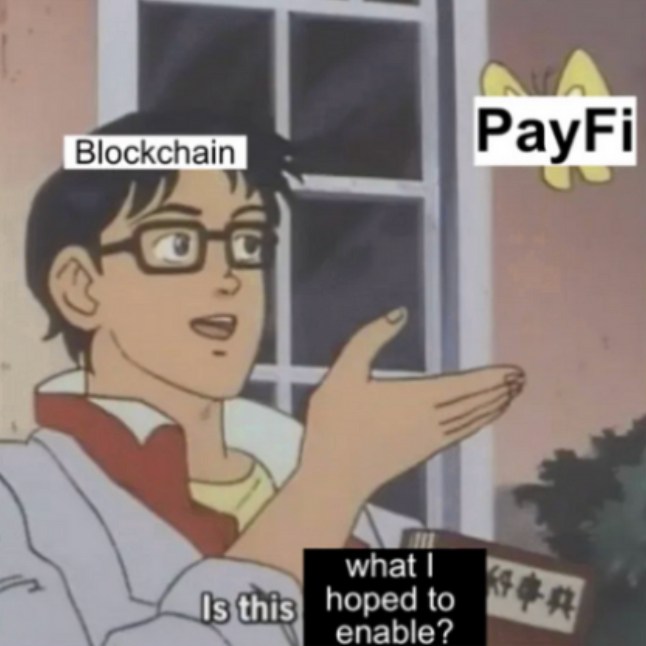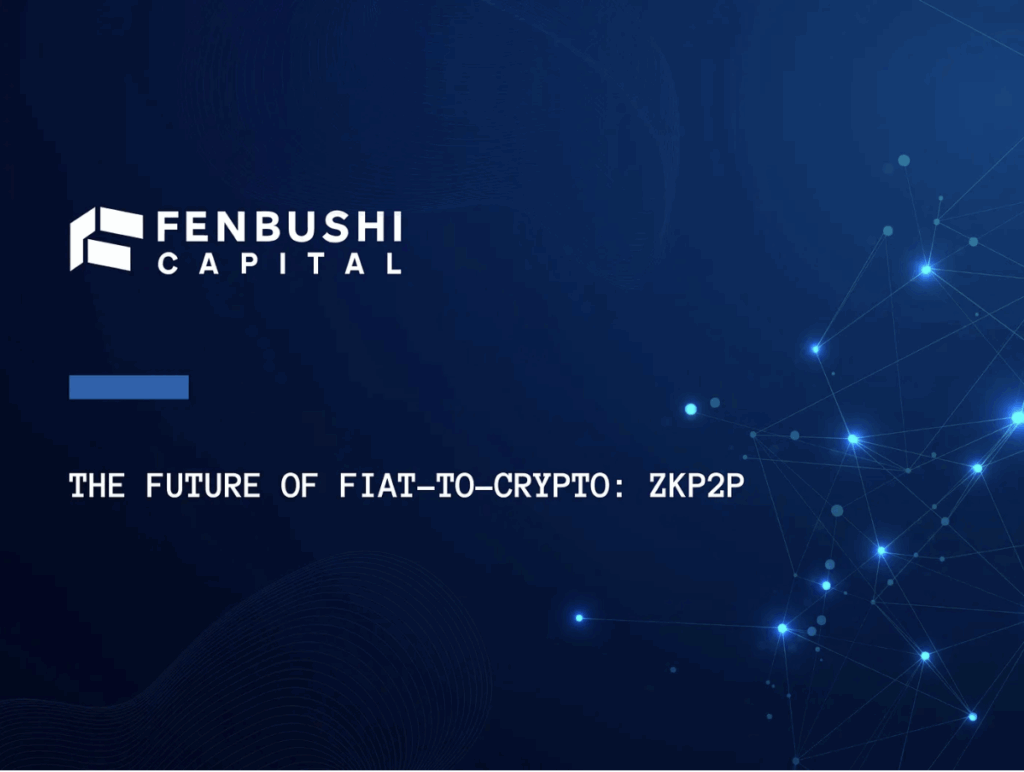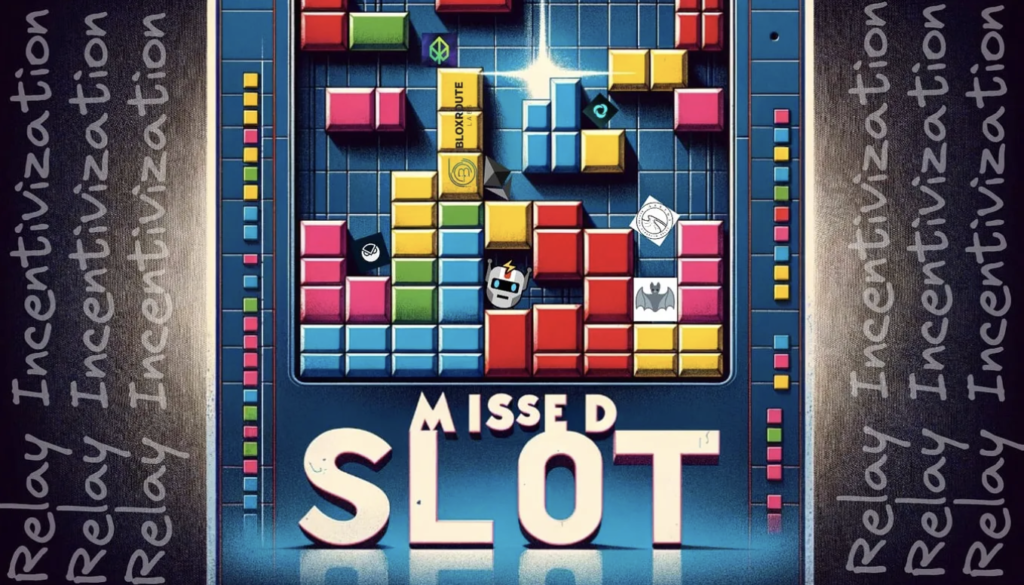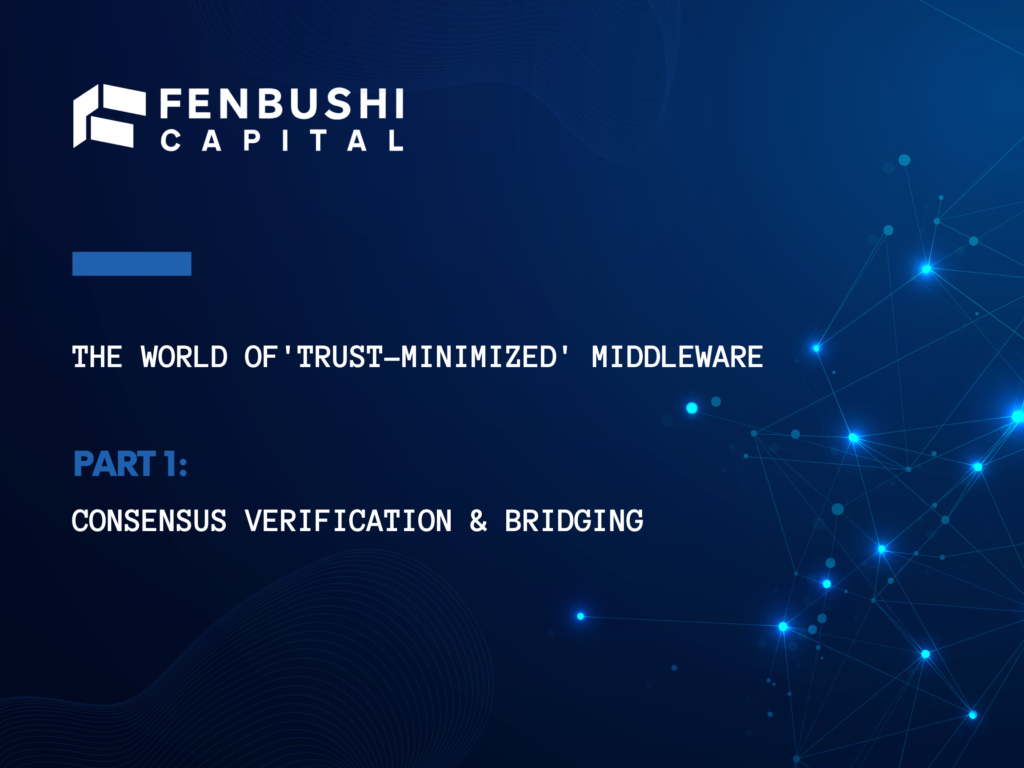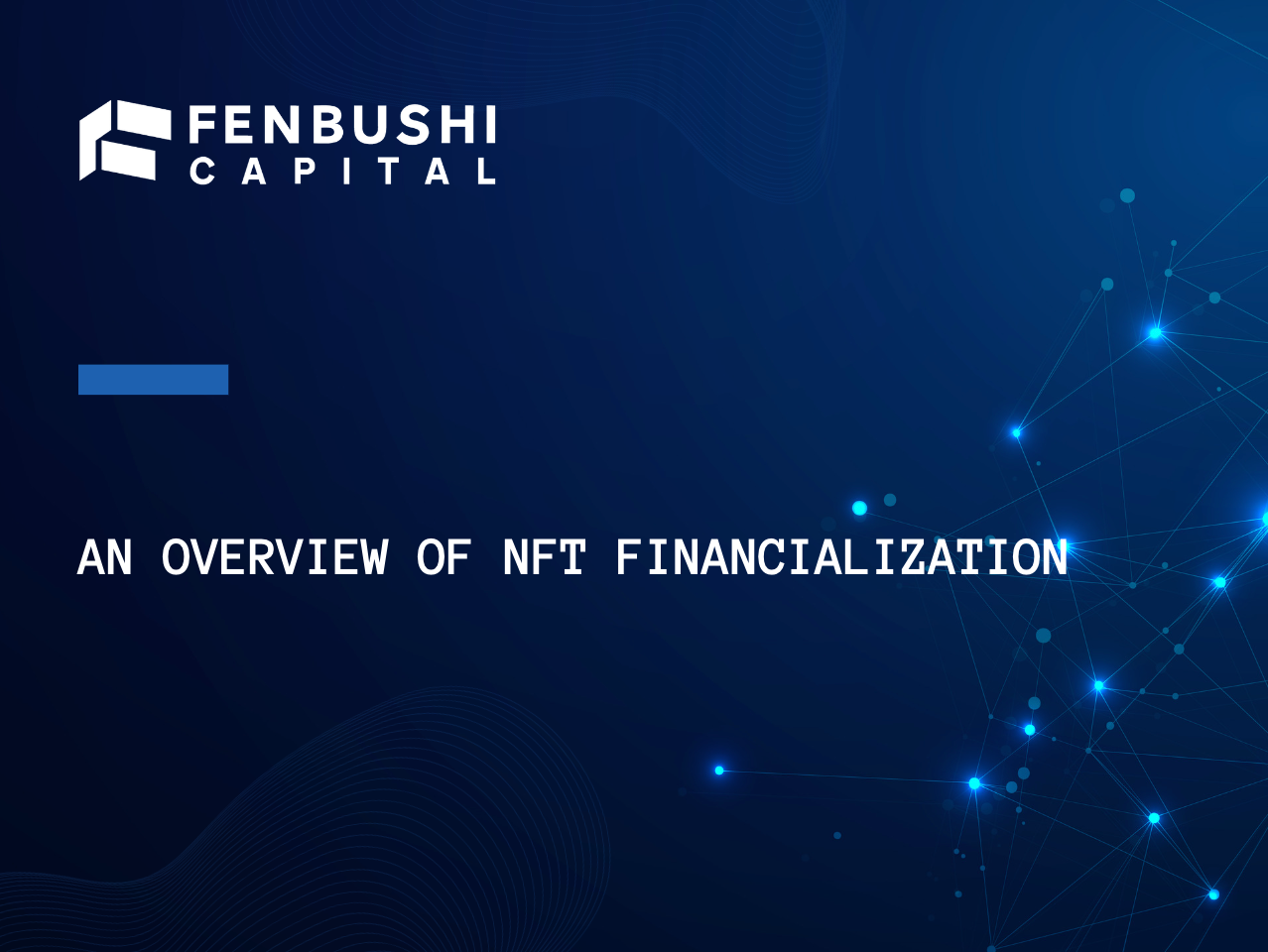
Key takeaways:
· NFT financialization is still in the early stages, with peer-to-peer borrowing/lending appearing to be the best solution at present.
· Oracle-based financialization platforms, including peer-to-pool lending and derivatives, find challenges to solve the issue of NFT floor price manipulation, which hinders business expansion.
· The future trend of the NFT industry towards utility NFTs is detrimental to financialization platforms and may lower the industry’s upper bound.
· If the NFT market can have more liquidity, the NFT financialization sector will experience rapid development, and it is highly possible to see its outbreak in the next bull market.
Overall review of the NFT financialization sector:
In recent years, the scale and adoption rate of the NFT industry have grown rapidly. Despite some setbacks during the bear market, NFTs remain a market worth a few billion. NFT technology continues to evolve and has gained widespread attention through collaborations with industries such as gaming, entertainment, art, and collectibles. With the increasing use cases for NFTs, the potential to earn money from them is also growing. However, unlike fungible tokens such as Bitcoin and Ethereum, NFTs are illiquid assets. In this context, NFT financialization has emerged. NFT financialization aims to use technologies such as smart contracts to help NFT assets realize more financial possibilities. It is also widely seen as a way to help NFT holders maximize the financial value of their NFTs.
So far, the NFT financialization sector has had a history of more than three years. During these three years, the following three key challenges have been exposed:
· Price discovery: NFTs are non-fungible in nature, making it difficult to estimate the value of each NFT with a unified mechanism.
· Price manipulation: The majority of NFT collections are held in a concentrated manner, making it relatively easy to manipulate the floor price.
· Lack of liquidity: The NFT industry lacks liquidity in general, which hinders the liquidation of collateral.
Currently, no single NFT financialization platform has been able to solve the above three challenges perfectly. Depending on the different business focuses, the current NFT financialization sector can be divided into borrowing/lending, derivatives, fractionalization, rental, and aggregator. We will discuss them separately in the following article.
NFT borrowing/lending (referred to as lending below)
NFT lending refers to collateralizing NFTs to obtain crypto loans, then borrowers pay back with interest over a certain period of time. Most NFT lending is an automated process executed on the blockchain through smart contracts, generally divided into the following two types:
Peer-to-Peer NFT Lending
Peer-to-peer NFT lending operates very similarly to traditional bank loans, with transactions executed directly between borrowers and lenders through lending platforms. NFT holders pledge their NFTs as collateral on the platform and then wait for the offers from lenders, which generally include loan amount, term, interest rate, and other information. If the offer is accepted by the borrower, the loan is transferred to the borrower’s wallet, and the NFT is transferred to an escrow smart contract until the loan is either repaid or expired.
Examples: NFTFi, X2Y2, Blend
NFTFi has dominated this space for a long time since its first loan in May 2020 with a straightforward p2p model allowing NFT holders to borrow wETH, USDC, and DAI by collateralizing their NFTs for loans provided by lenders. Until the launch of Arcade in August 2021, NFTFi was the only lending platform in the NFT lending market. Since its launch, NFTFi has been widely adopted by NFT holders, with a total borrowing volume of nearly $500 million to date, and no security incidents have occurred.
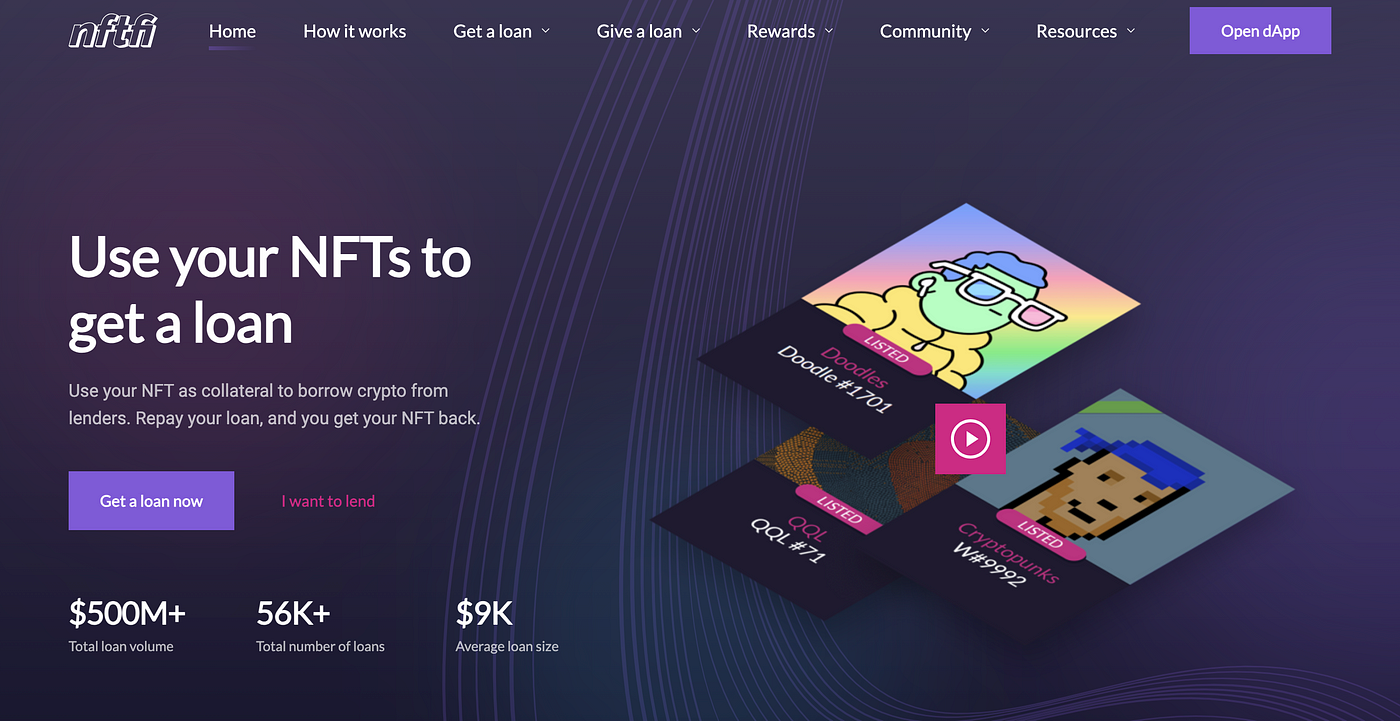
X2Y2 launched its peer-to-peer NFT loan in October 2022. Its product design is very similar to NFTFi, and it has also gained a total borrowing volume of nearly $100 million as of now, benefiting from its own leading NFT marketplace.
Blend was launched on May 2, 2023, by the leading NFT marketplace Blur. Building on NFTFi’s foundation, its product design has been further adjusted. The core change is that the borrowing on Blend is not limited by the expiration date; it automatically rolls a borrowing position for as long as some lender is willing to lend that amount against the collateral. This is a more user-friendly design compared to traditional peer-to-peer lending, allowing borrowers to initiate a refinancing auction to exit the loan in the lender market. Since its launch during the second phase of trading reward points (potential $BLUR airdrop) on Blur, its total borrowed volume has reached $2.3 billion. However, according to the Dune dashboard at https://dune.com/metastreet/theflock, over 80% of the loans on Blend have a duration of less than two days, which is very unusual compared to NFTFi’s data, indicating a significant level of wash trading in Blend’s data.
The advantage of Peer to Peer NFT Lending lies in the fact that each loan is the result of direct negotiation between the borrower and the lender, so it does not rely on oracles for the liquidation of each loan, and the lending platform therefore does not need to bear any risks from major market fluctuations or counterparty risks. Additionally, peer-to-peer loans can fully tap into the value of each NFT, as each NFT is different in traits, so its valuation should not be based solely on the floor price.
However, the disadvantages are also evident: the peer-to-peer model relies on a matching process where NFT holders wait for lenders to bid and then accept the most ideal one. In the case of inadequate liquidity, every matching process could be time-consuming, and the success rate of the matching is low compared to peer-to-pool lending. But still, I believe that peer-to-peer NFT lending is so far the most successful model among all NFT financialization solutions. Its concise and efficient design allows both the borrower and the lender to directly bear the risks brought by the two key challenges of price discovery and price manipulation. Also for top peer-to-peer lending platforms, liquidity is relatively sufficient, and with the market’s recovery, liquidity may further improve. Therefore, peer-to-peer lending currently takes the majority market share of NFT financialization.
Peer-to-Pool NFT Lending
Similar to AMM models of DeFi protocols, a peer-to-pool model lending enables NFT holders to borrow directly from liquidity pools for each identical NFT collection. These protocols often use an oracle to find the floor price of a certain NFT collection and then use it to liquidate a loan if the value of the collateral falls below a preset level. The interest rate of each liquidity pool often automatically adjusts based on the utilization rate of pool capital (usually ETH), and the duration of the loan could be very flexible.
Examples: Benddao, ParaSpace, Arcade, JPEG’d
Arcade went live in September 2021, becoming the earliest peer-to-pool NFT lending service. As of now, Benddao, ParaSpace, Arcade, and JPEG’d are the top four peer-to-pool NFT lending platforms according to the number of loans and total borrowed volume. Other projects in this field have a significant gap in business performance compared to these four. Most peer-to-pool NFT lending platforms have very similar product designs, and there have been many discussions in this area. Therefore, this article will not elaborate too much on these projects themselves. Here, I will focus on discussing the pros and cons of this type of lending.
The key advantage of this model is that borrowers can access instant liquidity based on the floor price of the collection once they lock their NFTs into the smart contract. This skips the time-consuming matching process in peer-to-peer lending, creating more lending opportunities. Furthermore, the borrowers have more flexibility in terms of the loan duration. Borrowers can repay the debt at any time to end the loan. Meanwhile, borrowers can also add more collateral to avoid liquidation due to a drop in the floor price. However, due to the lack of liquidity in the NFT market and price manipulation, peer-to-pool lending frequently encounters problems with liquidation, resulting in losses for both lenders and borrowers.
In August 2022, due to the downturn of the NFT market, the floor price of BAYCs fell dramatically, dropping from a high of over 130 ETHs to 68 ETHs, a 47% drawback. This led to a large number of BAYCs from platforms like Benddao and JPEG’d entering the liquidation process. However, due to the lack of liquidity, most of the NFTs entering the auction did not receive any bid, and the platform could only passively hold these NFTs until the floor price rebounded. Therefore, in extreme market conditions, the peer-to-pool lending model may result in a large number of bad debts, causing lenders to suffer losses.

Another flaw in peer-to-pool NFT lending is its over-reliance on oracles to price NFT assets. In fact, due to insufficient liquidity, there is often a gap between the actual transaction price of NFTs and the floor price, and most NFT collections have whale holders. The former BAYC whale Franklin used Benddao to arbitrage several times. The steps are: 1) sell the held BAYCs to lower the floor price, 2) Benddao’s oracle triggers the liquidation of the BAYC collaterals, 3) Franklin bids on the liquidated BAYC at a low price and buys back the NFTs, 4) stop dumping, wait the price to recover and then sell on the NFT marketplaces. Due to the lack of liquidity, whales can easily influence the floor price and repeat the above process to arbitrage, causing losses to the borrowers of peer-to-pool lending platforms.
In fact, the core flaw of this model is that in pursuit of instant liquidity, it ignores the fundamental lack of liquidity in the NFT market. Regardless of any improvements in the liquidation mechanism, it is difficult to bring substantial changes. Therefore, I believe that peer-to-pool NFT lending may work well during a market uptrend, or when there are effective tools to short NFTs to hedge against the risks of the liquidity pool. But at the present stage, any major drop in top NFTs could directly cause the collapse of the platform.
NFT Derivatives
Similar to traditional derivatives, NFT derivatives take the form of perpetuals, options, etc. The core idea is that traders can take long or short positions on NFTs and profit from speculating on their future prices. This is a relatively new field in NFT financialization, with projects like NFTperp, Wasabi, and others. The advantages are: 1) NFT derivatives might be the only way to short an NFT; 2) perpetual in nature directly solves the issue of NFTs being indivisible; 3) traders can leverage and maximize profits. The key advantage of NFT derivatives is the theoretical ability to short NFT, which could potentially be the only way for NFT spot traders, lenders on NFT lending platforms, and other users to hedge their positions, providing more possibilities for NFT financialization.
However, the upper bound of NFT derivatives is constrained by the oracle mechanism and the one-sided market nature of blue-chip NFTs. Similar to peer-to-pool lending, derivatives often use oracles to capture the floor price of NFTs, which is then adjusted and referenced as spot prices. The existence of whale NFT holders makes spot prices relatively easy to manipulate, increasing the risks for perpetual traders. On the other hand, the one-sided market nature of blue-chip NFTs increases the holding costs for perpetual traders. Before the shutdown of NFTperp V1, as NFTs entered a bear market, users were almost entirely skewed in their holdings for each NFT collection. Most of the time, the ratio of shorts to longs remained at 90%:10%. Like perpetual for fungible tokens, funding rates are periodic payments between long or short traders. The funding rate ensures that the funding mechanism aligns the futures market price with the index price. Under such a design, the funding rate for NFT perpetuals tends to be high, then increases the trading costs for traders.
NFT Fractionalization
NFT fractionalization refers to the process of dividing an NFT into fungible tokens, thereby splitting its ownership. This practice has had numerous cases in the traditional art market, where investors own a small portion of expensive artworks, allowing them to have expensive art assets in their portfolios without bearing the full cost. In theory, fractionalization reduces the threshold for NFT transactions, allowing investors with smaller budgets to participate in the NFT market. Additionally, more participants in bidding further promote price discovery for NFTs.
There are many projects in the NFT fractionalization field now, including NFTX, Unicly, Fractional, nft20, and others. However, NFT fractionalization also has its fatal flaws. First, from a mechanistic perspective, the fragmented NFTs do not have the complete utility of the original NFT, and once split, it is almost irreversible. Secondly, the original intention of NFT fractionalization to lower the threshold for NFT transactions is not well reflected in actual practice. On the contrary, the NFT fractionalization market faces serious liquidity issues. The most successful project in this field is NFTX. According to the dune dashboard, its TVL has never exceeded $40 million, and the number of active users in the past 30 days is only 512. For users (especially the trading users originally targeted by NFT fractionalization), NFTs near the floor price are a better choice in terms of liquidity compared to fragmented NFTs. This is also evidenced by the increasing popularity of the “collection bid” function in various NFT trading markets. Therefore, NFT fractionalization projects may need to reconsider the future opportunities of this vertical and whether there is any real user demand in this field.
NFT Rental
NFT rental refers to NFT holders renting out their digital assets for temporary use in exchange for money. The lessee can temporarily use the NFT without bearing the risk of price fluctuations for a small amount of money. The representative project of NFT rental is reNFT. ReNFT allows users to rent NFTs for various purposes, such as renting virtual land for metaverse activities, renting gaming assets, or renting utility NFTs to gain rights behind them (for example, renting one sewer pass to play Dookey Dash). Additionally, reNFT allows lenders to establish their own market and have access to other financialization tools within it. This sounds promising and has a certain market demand. However, the operational data of reNFT is not good, and I hold a pessimistic attitude towards the future of NFT rental, mainly because NFT rental contradicts the future development trends of NFTs, which I will discuss in detail later.
NFT Aggregator
Similar to aggregators in DeFi, the NFT aggregator is a powerful tool that simplifies the trading process. They display all the listings from multiple marketplaces in a simplified, user-friendly interface, allowing buyers to easily compare prices and trade NFTs from one place. As the NFT market becomes more fragmented and users’ purchasing demands become more diverse, NFT aggregators become a necessary tool for certain traders. An exemplary project in this area is Gem.XYZ, which was acquired by OpenSea in April 2022. Compared to traditional NFT markets, Gem can help users save up to 40% in gas fees. The trading volume of Gem.XYZ is highly correlated with the heat of the NFT market. During a bull market, the weekly trading volume of Gem.xyz can reach 28,321 ETHs, but during a bear market, its weekly trading volume is only a few hundred ETHs. I believe that NFT aggregators will be a good trading tool, especially when NFT funds or whales want to make bulk purchases. However, apart from this, it seems challenging for NFT aggregators to directly compete with NFT marketplaces that subsidize transactions with tokens.
Future challenges for NFT financialization
Over the past year, we have seen that the overall trend of the NFT industry is moving towards utility NFTs, and I believe that this will probably be the future trend. During a market downturn, the model of continuously issuing new NFTs by project owners for speculation by holders in the secondary market is unlikely to be effective. Most web3 users got tired of this model. Besides, most of the leading project owners also need to deliver on their promised roadmaps to the community. Therefore, we can see that Yuga Labs has released Dookey Dash, Pudgy Penguins has launched physical toys through offline retail channels such as Walmart, and Azuki has produced a lot of clothing and is moving towards the fashion industry. All the leading NFT project owners are building applications to meet the real needs of users. However, these applications often require a large number of users. Therefore, NFT project owners cannot only open applications to their NFT holders, as this would severely limit their user base. At the same time, NFT project owners cannot massively issue NFTs, as this would cause losses to the existing NFT holders.

I believe these projects are likely to solve this dilemma through 1) making bonus items/special props for the original blue-chip NFT holders in applications, while making the applications freely available to everyone; 2) creating a large number of very cheap, low-quality NFT series as admission tickets for new users to complete user onboarding. Following this trend, apart from NFTs in the categories of art and collectibles, high-priced NFTs will become less and less, thereby reducing the upper bound of NFT financialization.
What might be the game-changer
After all, the core issue with nearly all NFT financialization platforms is the insufficient liquidity in the market. Therefore, the game changer will undoubtedly be a catalyst that can increase liquidity. This catalyst could arise from the following situations: 1) Over time, more NFT collections become valuable collectibles like CryptoPunks; 2) the emergence of more institutional traders like the Spencer Fund injecting liquidity into the NFT market; 3) NFT derivative platforms continue to grow, providing hedging tools for other NFT financialization platforms; 4) RWAs on-chain (Real-World Assets), creating more asset classes for NFT financialization; 5) the comeback of crypto bull market, money and liquidity will solve everything.
In the future, NFT Financialization offers a chance for monetization, enabling the asset class to draw in more capital and unleash value streams for both existing and new market participants. Particularly with the conversion of real-world assets into tokens, there is significant potential for this market to expand, allowing these fresh advancements to improve the process of price discovery and liquidity for these assets.
